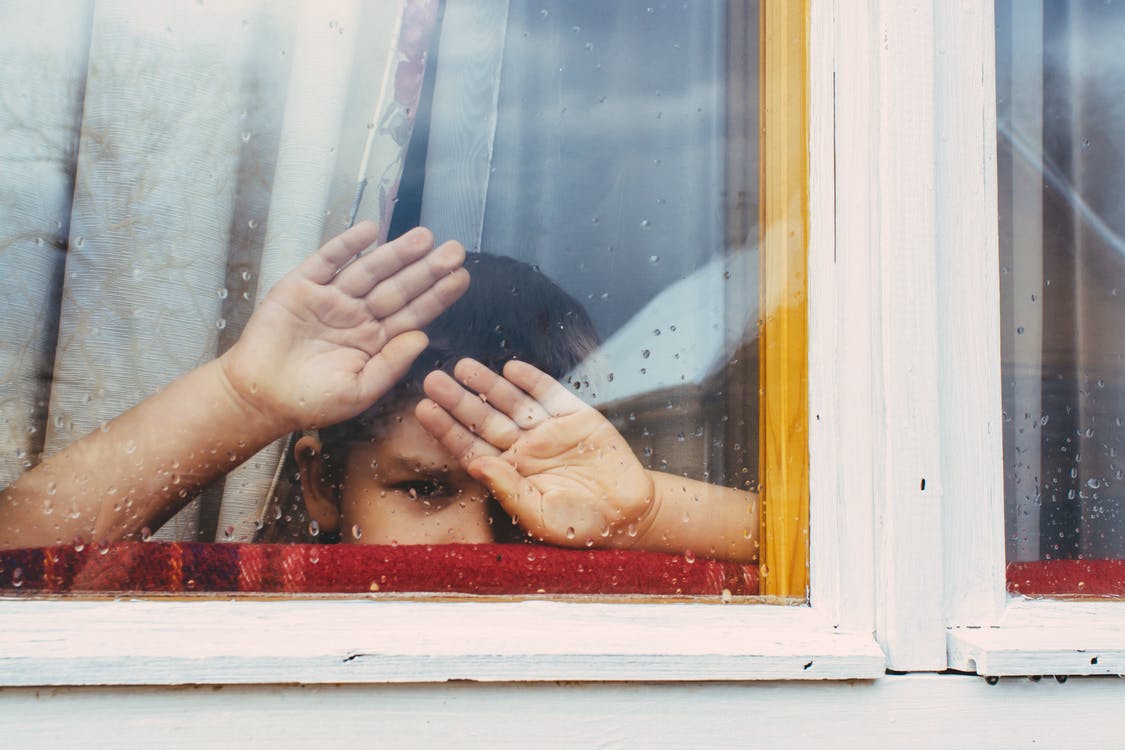The incidence of severe illness due to COVID-19 in the pediatric population is rare among children; however, the financial effect that COVID-19 has had on pediatric care and moreover, children’s hospitals is critical.
The American Academy of Pediatrics (AAP) advises:
- Children’s hospitals have taken equivalent financial damage as hospitals serving adults due to the COVID-19 response and have not received comparable relief.
- Year to date, 2020 damages have exceeded $5 billion—against only $1.3 billion of Health and Humans Services (HHS) relief provided through August 7, 2020— children’s hospitals project to experience similar levels of revenue losses through at least the end of year.
- Total support to children’s hospitals to date has amounted to less than 1% of what has been provided to all U.S. hospitals.
- Protecting children’s health care requires supporting children’s hospitals and avoiding policy changes destabilizing the pediatric health care infrastructure.5
- In addition to the risk of routine well child care not being maintained during the pandemic, the risk for COVID-19 among chronically medically complex children is unclear but presumed to be higher than among children without medical complexity.6 Typically, these children have multiple chronic conditions, functional limitations, medical technology dependence and a complex network of service providers and caregivers critical to maintain day-to-day health.7 As primary and specialty health care access is reduced, guidance for home health and medical equipment agencies is needed on in-home practices, including conserving personal protective equipment and expanding the home health workforce with pediatric expertise.8 The Centers for Disease Control (CDC) addresses these issues at Information for Pediatric Healthcare Providers.9
Telehealth reimbursable services are essential to preserve access to tertiary care centers–based multispecialty medical care. Similar to caregivers of other at-risk child groups, chronically medically complex children caregivers will need support as their usual care networks shrink because of social distancing and/or COVID-19 illness.10 The AAP follows the Federation of State Medical Boards waivers of in state licensure telehealth requirements during COVID-19.11
Though there are challenges providing care at children’s hospitals during a pandemic, there are opportunities to maintain and further promote quality and safety while managing risk. The West Virginia University (WVU) Medicine Children’s Hospital approached the pandemic as an opportunity to advance their high-reliability agenda.13
Choose websites for pediatricians by Officite , a reliable company with great experience.
WVU moved forward with the following initiatives:
- Increased the use of telemedicine
Pandemic increased the goal of telemedicine expansion to a proportion of total visits to 178%. - Daily safety huddle
This was part of a planned roll out but initiated during the pandemic which resulted in improved and more frequent communication and resolution of issues. - Leader rounds
long a part of increasing visibility and approachability, this format was instrumental in staff believing that leadership truly cares and is now an accepted way for staff and clinicians to voice concerns and questions. - Peer support
a daily support group as well as newsletter informing employees of what the issues and concerns are, but also to provide an interruption to daily stress and offer reassurance. - Faster innovation
quality projects that pre-pandemic would have taken months to activate were fast tracked to see the effectiveness of new initiatives that were pandemic
Spread the work
the system worked together to develop opportunities to learn from and expand pandemic practices throughout the system via virtual learning sessions.

